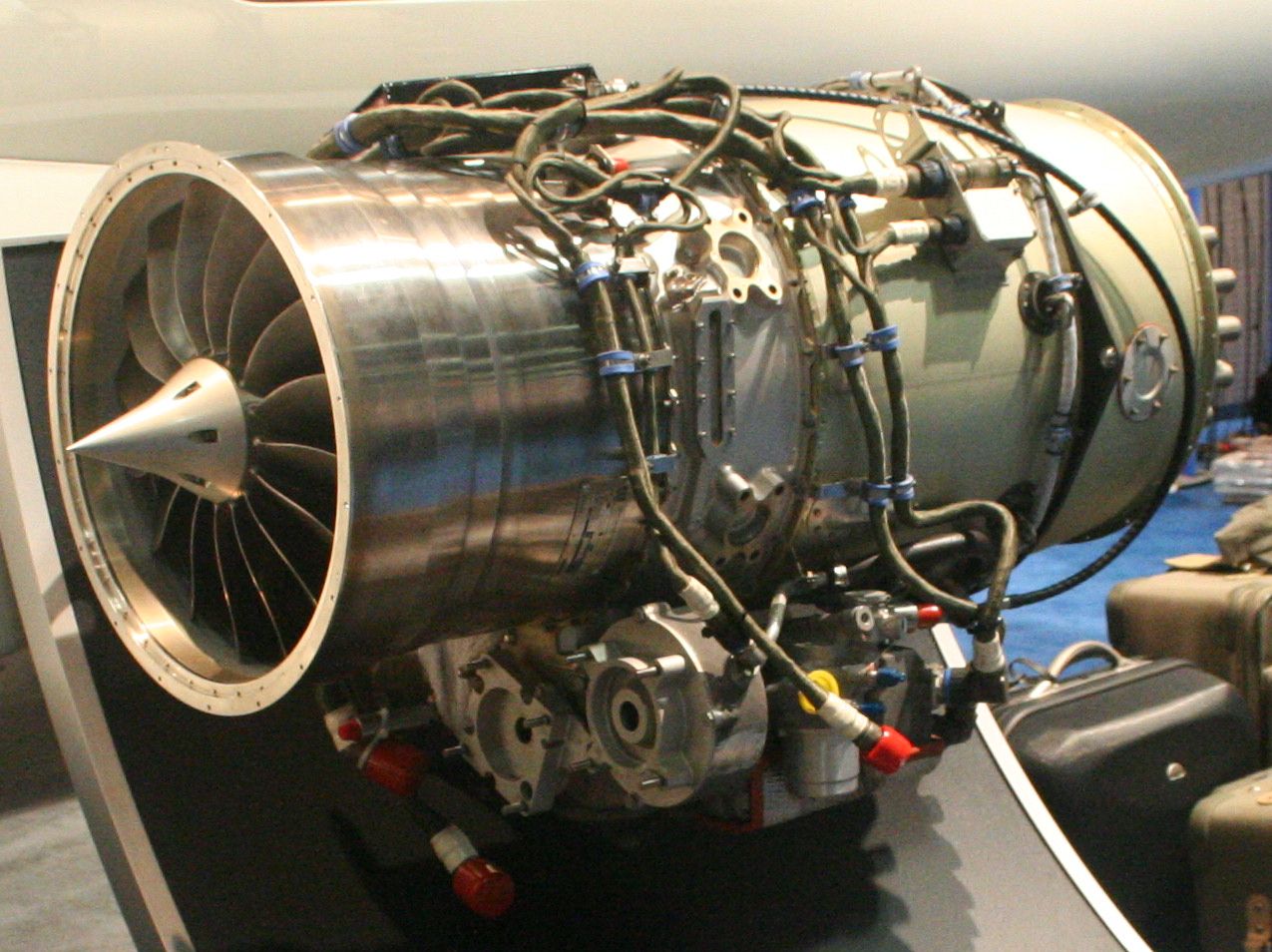I touched previously on Airplane Cost is Too Much on the historical narrative around airplanes getting stuck at high price. That post was made to draw contrast with automobiles that have got cheaper at quadraple rate in the turn of the 20th century.
Today, we'll dive deep into the detail of the cost allocation with the focus on private jets. After all, they easily cost $3 million and up (in other words it's a toy for the top 0.1%).
What constitutes the cost of jets?
Here we can break it down into materials and labor.
Let's start with the basic.
How much does the raw material cost in the market?
Roughly speaking, airplanes are made of aluminum, while the engine tends to be titanium for having it heat resistant.
Let's have a look at Cirrus Vision SF50. The plane ranges at the light jet and falls as the cheapest available plane in the market at $1.96 million.
This plane is made of all carbon nanofiber, which costs significantly more than aluminum ($55/kg vs $2/kg). The price information is taken from metallurgy.
The total weight minus the engine is 1470kg. That makes it the material cost $80,850.
On top of that, here comes the engine; they use William FJ33, which weighs 140kg. Assuming they use titanium, the engine material would cost $672. That is miniscule compared to the overall cost.
I admit the material cost of nanocarbon came out much greater than expected. That cost of $80,850 alone will amount more than 4 Honda civic. Even so, it's important noting the raw material cost only represents 4.1%.
A lot come from the buying cost of the middle parts. For example, that William FJ33 engine costs at $420,000 (Fun fact: Ebay has used one listed at $250,000. I have no idea who would buy a plane engine over internet).
Then the pricing of avionics (plane electronics system like the screens) hits. Garmin G1000 installed on Cirrus Vision cost about $400,000.
So basically the raw materials, third-party engine and third-party electronics system make up 46% of the listing price. And those alone push us to the $1 million price tag.
That is quite tight given we haven't discussed any labor handling nor actual assembling.
The root of the problems are there're too few market players in the core parts of planes: engines and navigations. That's why the reduction in price is not happening. This is well illustrated by the price of car engine. Chevrolet Malibu manufactured engine costs at $3320. That's only 13% of the listing price in contrast to 21% of FJ33. (Now I wonder why auto manufacturers make engines inhouse but that's not the case in airlines. I leave that for the next writing).
In a nutshell, the airline industry needs a lot more competitions for us to gain benefit of cheap private jets.

